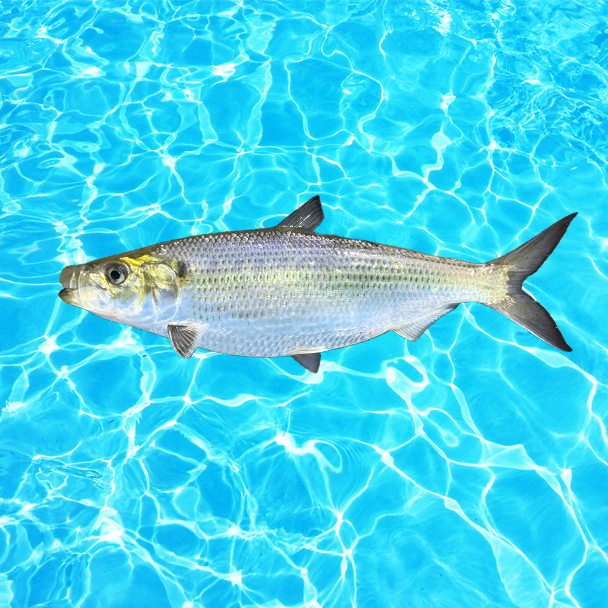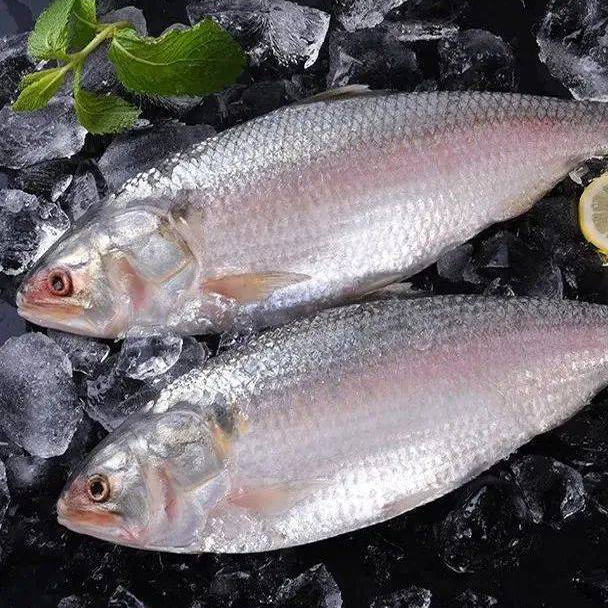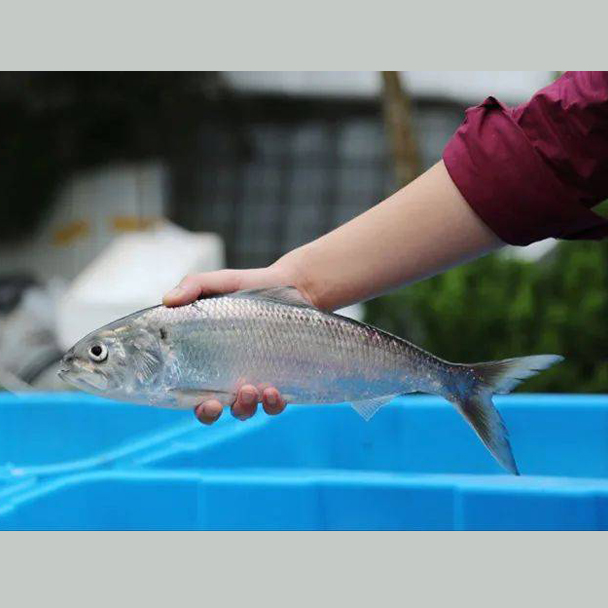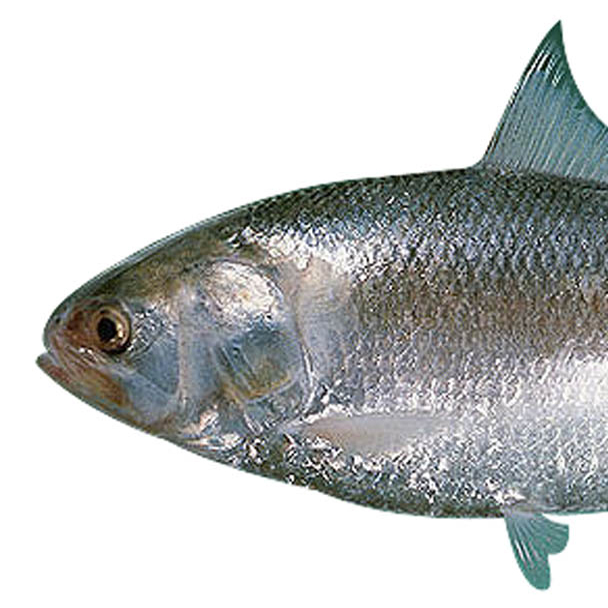








The Japanese shad, known in Japanese as Hira (ヒラ), with the scientific name Tenualosa ilisha, is a notable member of the Clupeidae family. It is mainly found in the southern coastal waters of Kyushu, as well as in Southeast Asia and the Indian Ocean. Although not as widely consumed in Japan as other popular fish species, it holds a certain value in specific regions and in high-end culinary settings. Its body is silver-white, laterally compressed with a rounded belly, and large, easily shed scales, giving it a shiny and clean appearance.
Japanese shad is appreciated for its soft flesh, high fat content, and rich flavor, particularly during the autumn spawning season when the fish is at its fattest. It is rich in unsaturated fatty acids like DHA and EPA, high-quality protein, vitamins, and minerals, offering health benefits for brain development and cardiovascular function.
In Japanese cuisine, due to its many fine bones, it is traditionally prepared by salt-grilling, miso simmering, or soy-based stewing. In some regions, it is also preserved through pickling or drying. Modern chefs have begun incorporating shad into aburi (seared) sushi or lightly pickled sashimi, showcasing its oily texture and tender mouthfeel.
Though not commonly found in everyday markets due to its bony nature, the Japanese shad is still regarded as a fish with traditional and regional value. Its unique flavor secures it a place in Japanese cuisine, particularly in dishes that emphasize seasonality and the natural taste of ingredients.
